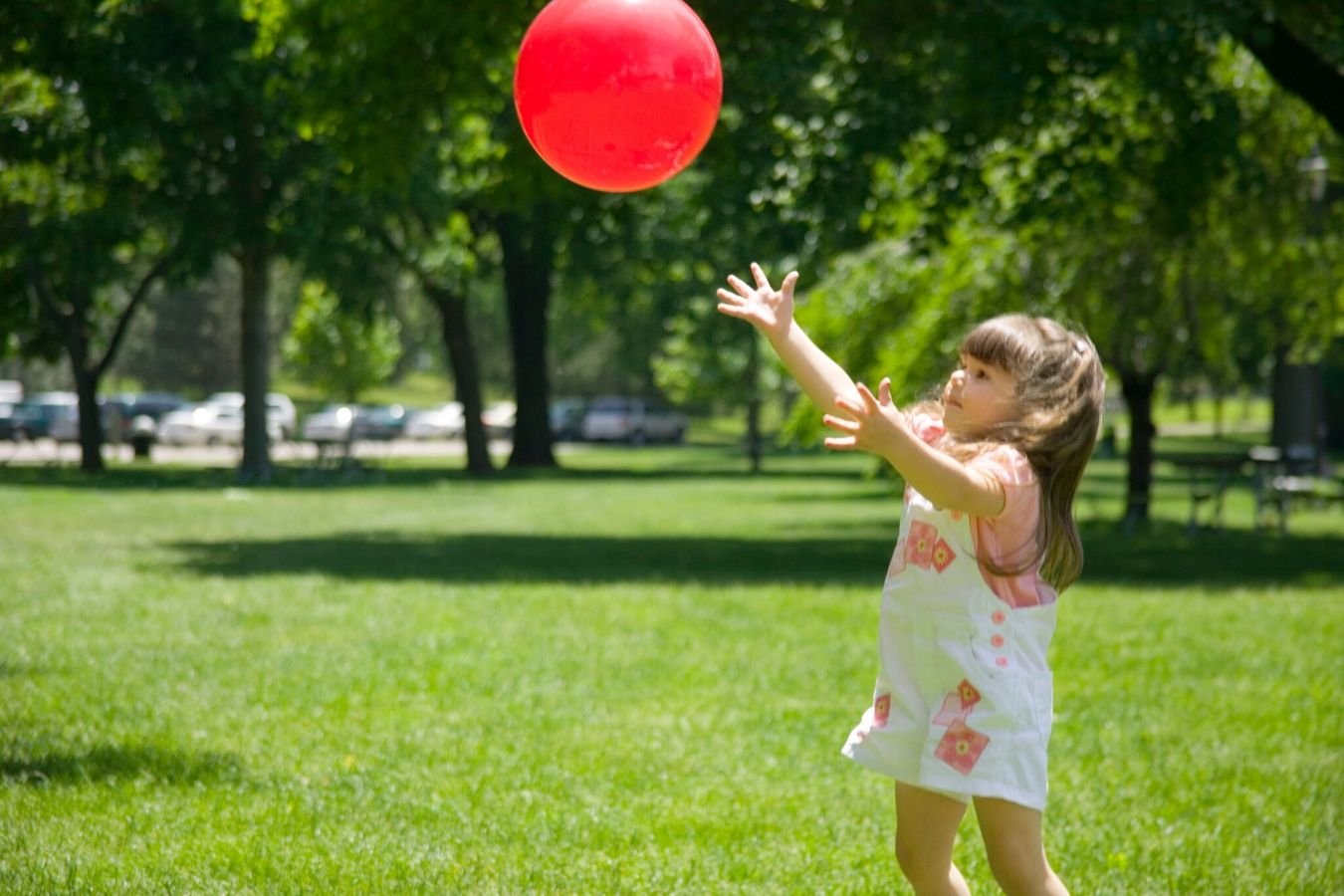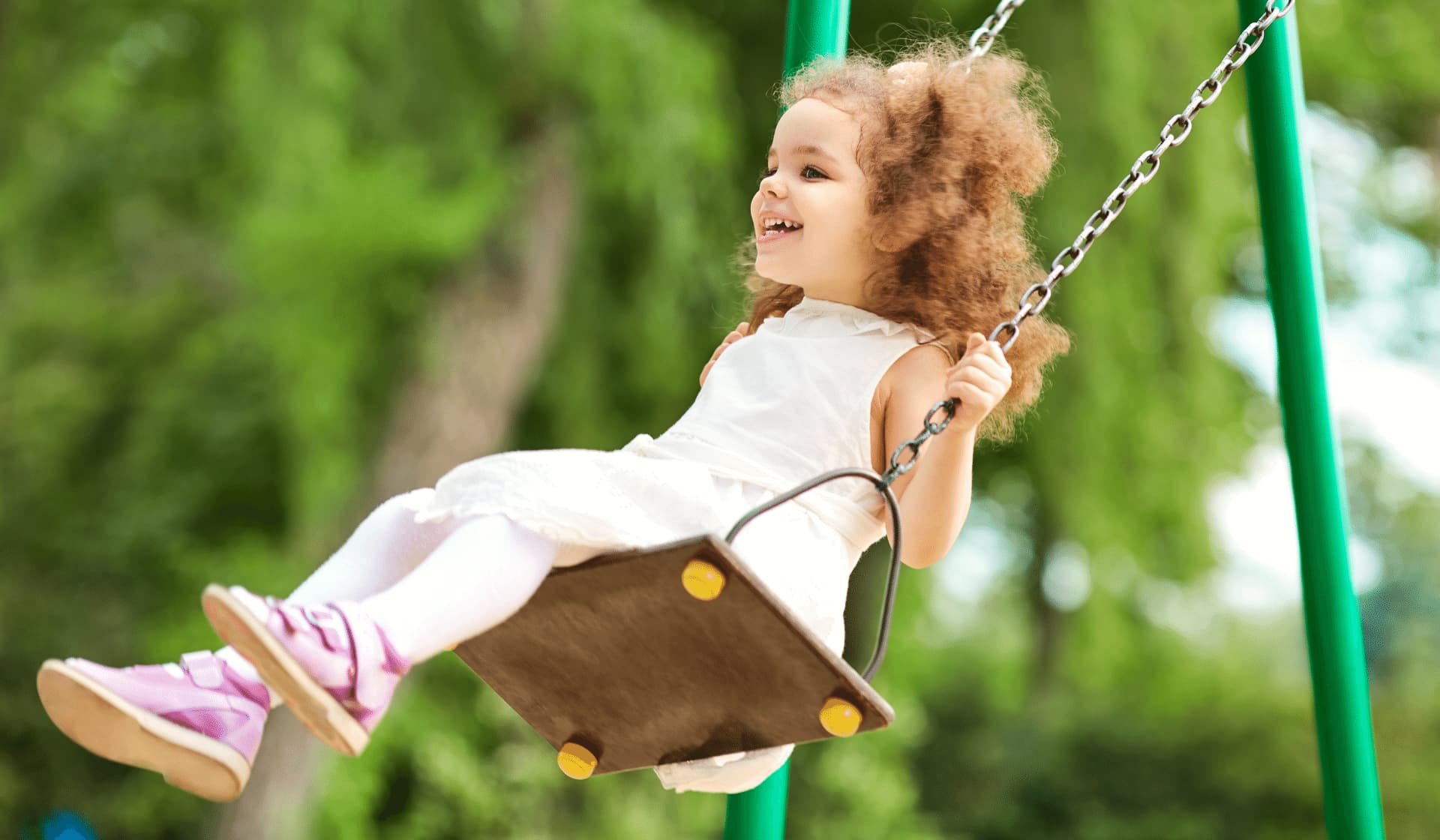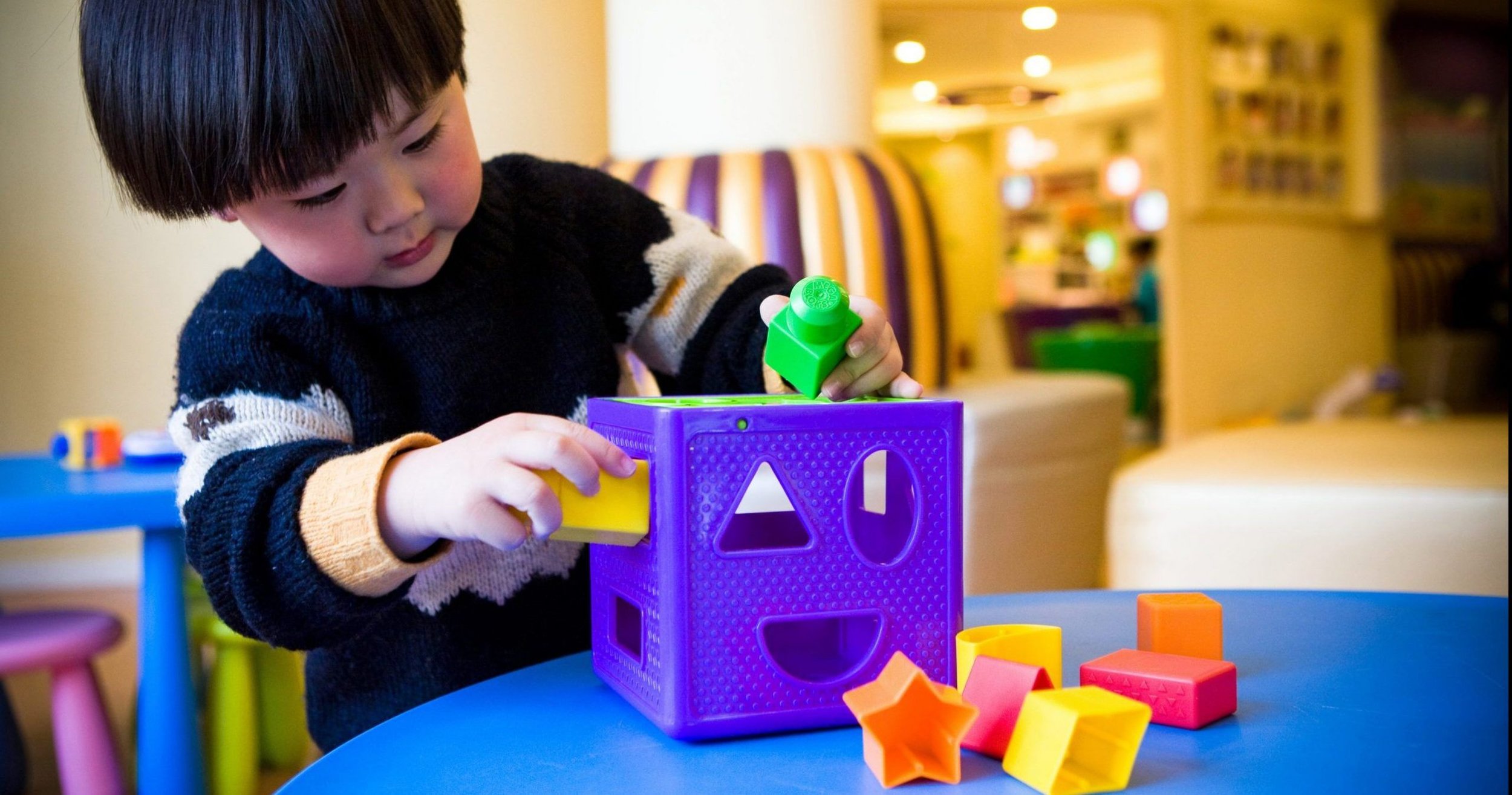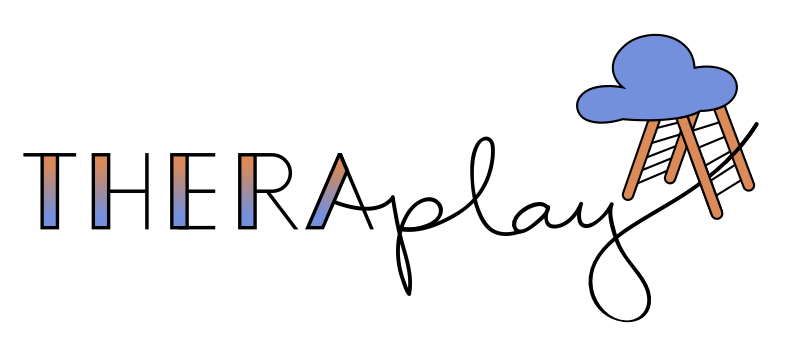
Understanding Pediatric Occupational Therapy
Los Angeles Leaders for Occupational Therapy That’s Fun and Effective
Signs Your Child Could Benefit From Occupational Therapy Include:
-

Difficulties with handwriting, grasp, using scissors and/or utensils
-

Delays in motor skills and motor coordination and/or clumsier than their peers
-

Seeking or avoiding behaviors (in constant motion or avoids certain movements)
-

Difficulties with activities of daily living (dressing, completing fasteners such as buttons, brushing hair or teeth, etc.)
-

Challenges with attention, focus, and is easily distracted
-

Increased or decreased sensitivity to touch
-

Easily overwhelmed or frustrated and difficult to calm if upset
-

Challenges with organization, planning, sequencing, and/or transitions
Sensory Processing
Sensory processing refers to how the body and brain work together to understand and respond to information from the senses (sound, sight, touch, taste, position in space). A sensory system that isn’t working quite right leads to a host of problems.
Including:
Behavioral issues – meltdowns, overwhelm, seeking or avoiding sensory experiences
Motor challenges – poor balance, awkward movements, difficulty with handwriting, and lack of coordination
Difficulty concentrating – distracted by noise, sound, or textures
Sensory challenges are associated with a range of diagnoses, including ADHD, sensory processing disorder, Autism, and OCD.
Our LA-based occupational therapists are specially trained to evaluate and treat sensory challenges for a better daily life.
Movement and Coordination for Children in LA
We address the gross motor and fine motor challenges that make daily life more frustrating for you and your child. By assessing where your child is and creating a personalized, tailored plan, we help them meet those crucial motor milestones.
Movement and Coordination Skills We Might Address:
Cutting
Moving each side of the body
Crossing midline
Milestones like crawling, sitting, and grabbing
Using two hands together
We can assist your child with everything from playing on the playground with friends to improving hand-eye coordination for writing and tying their shoes.
We integrate sensory-motor activities into a comprehensive approach that takes all the factors impacting your child’s motor skills into account. Plus, we make practicing fun and motivating so progress feels easy for you and your child.
Handwriting Without Tears
Does your child struggle to distinguish their d’s from their b’s? Do they find it difficult to read their own handwriting or receive poor grades in school because their teachers are unable to read their writing? If so, beginning the Handwriting Without Tears program with our occupational therapists would be the perfect way to help your child improve their handwriting!
Our OTs use this research supported, award-winning program to provide your child the explicit instructions they need to improve their handwriting and fine motor skills.
Typical classroom instruction on handwriting tends to leave auditory and kinesthetic learners at a disadvantage compared to their visually-oriented peers. Handwriting Without Tear’s unique sensory-based program provides your child with visual, auditory, and tactile input to ensure that, no matter your child’s preferred learning style, they’ll receive instruction in the most effective way possible.
Handwriting Without Tears places an emphasis on…
Developmentally appropriate instruction
Consistent guided practice for improved fluency and habit formation
Finding fun and engaging ways for your child to develop the fine motor skills they need for letter formation
Our therapists have extensive training in adjusting the materials to meet your child’s ability level and help them learn and grow at their own pace. Whether your child needs extra support developing emergent writing skills prior to kindergarten or is finding cursive difficult, Handwriting Without Tears offers the flexibility and tools necessary to help them master the skills they need to succeed!
Our OTs Can Help Your Child Improve Their…
-

Fine Motor Skills
Dexterity, developmentally appropriate grasp for handwriting and utensil use, clothing fasteners (buttons, zippers, etc), ability to use both hands at the same time
-

Gross Motor Skills
Telling the difference between right and left, motor planning, hand-eye coordination, strength, and endurance
-

Sensory Processing
Emotional regulation, coordination, ability to tolerate grooming and a wider range of textures and materials, reduction in seeking/avoiding behaviors, body awareness, and attention
-

Executive Functioning Skills
Impulsivity, ability to follow multi-step directions, improved ability to transition, time management, problem solving, organization, planning, and working memory
-

Daily Living Skills
Dressing, shoe tying, potty training, grooming, and cooking
-

Handwriting
Writing within the lines, letter spacing and sizing, letter identification and formation
-

Visual-Motor & Visual Perceptual Skills
Ability to process visual information and use it to determine the appropriate motor response




